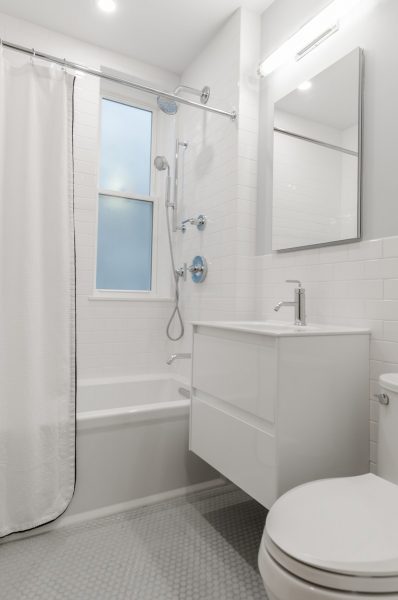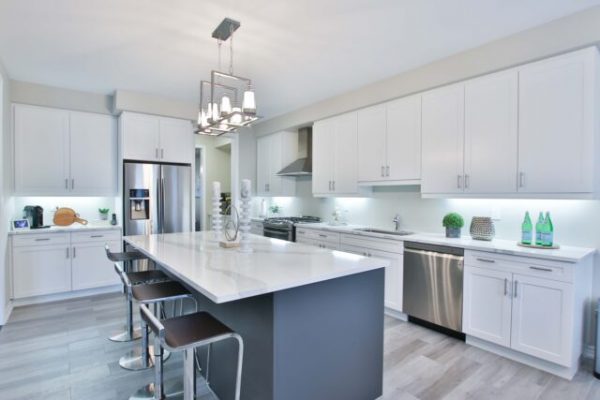
Architecture: Definition, Function, Elements & Tasks. The house is a basic need of society, not just an ornamental object or a means of expression. But the house itself is a means of expression for society. So that this science involves many disciplines that are quite complex and involve many social circles as well.
How can we do all these responsibilities as an architect? Of course, the study program Architecture Master in Collective Housing will contain all the training and learning of these tasks. This study program involves many cross-disciplines ranging from fine arts, mathematics, science, management, etc.
Definition of Architecture
Architecture is an art that is done by each individual to imagine themselves and the knowledge in designing buildings. In a broader sense, architecture includes designing and building the entire built environment, starting from the macro level, namely urban planning, urban design, landscape architecture, to the micro-level, namely building design, furniture design, and product design.
So, what exactly is the job of an architect?
The duties and scope of work of an architect are:
- Concept Design. At this stage the architect prepares the design which includes examining all the data and information received, making data analysis and processing.
- Pre-Design (Making Design Schematic). Here, the architect arranges patterns and compositions of architectural forms that are embodied in drawings based on the design concepts that have been compiled.
- Design Development. At this stage, the architect works on the basis of a design that has been approved by the service user to determine: construction systems & building structures, building materials, and estimated costs required.
- Making Work Drawing. Architects translate the design concepts contained in the development of these reflections into detailed technical drawings and descriptions so that all parties involved can explain the process of construction implementation and supervision.
- Procurement of Construction Execution. At this stage, the architect processes the results of the work into a tender document format which is accompanied by a written description of the work plan and technical requirements for the implementation of the work as well as a budget plan including a volume list (Bill of Quantity / BQ).
- Periodic Monitoring. Architects carry out periodic reviews and supervision in the field and hold regular meetings with service users and implementers of integrated supervision or MK appointed by the service user.
Without being intimidating, but of course, all the work is not done by one person and is a team job.
The statement above actually just wants to emphasize that an architect cannot go around designing and then throwing his real work to other people. An architect must be responsible for up to the final stages of a project, namely: technical responsibility, costs, and periodic supervision.
What Did You Learn?
In the details of the tasks and scope above, we also find that architects have responsibilities to service users. Service users are very oriented towards the final result, not only specific to the construction and structure of the building. Automatically, the environment and the contents of the building itself (if any) are the responsibility of an architect as well.
One that will be studied is knowledge of the building blocks of architecture itself.
Architectural Elements
Architectural elements consist of three main categories, namely physical, acceptance, and conceptual elements.
- Physical Elements. Architectural physical elements in the form of form and space here must be considered how the system and structure are applied, what technology is used.
- Element of Acceptance. As opposed to the physical element, it is the psychological element of architecture. Will humans be comfortable living in this building? Are someone’s entrances and exits fluid and predictable?
- In addition to being well accepted, this building/environment also wants to convey meaning? Or want to make a certain symbol?
Meanwhile, in order to achieve the desired beauty or aesthetic, a building form still rests on the basic elements and principles of form/design. Because what is designed and built is still a visual object.
Architectural Functions
Not only for building a functional, aesthetic, and sturdy building construction. Architecture generally functions as a form of development that helps to balance the surrounding environment, including nature, humans, and social factors. Below is a description of its function.
- Architecture is a need for functional demands of the body, spiritual, emotional (spiritual & intellectual).
- As a response to challenges: Climate, technology, society, culture.
- As a biological and psychological balance in the sense that it functions as a barrier (filter) between the body and its natural environment.
- Biological and psychological balancing is the continuation of human adaptation behavior to the world.
- Space where humans live by sharing. Space, human, life, and happiness, in relation to the experience of everyday life simply can also be realized by architecture.
- As a built environment as a whole, not only as an object/product but also as an institution/process.
- Cultural objects and processes. The ancient world monuments that are glorified to the present day are products of Architecture.
Therefore, architecture is not just a designed object, but a unity of environmental management including its psychological elements.
https: //www.mchmaster.com


